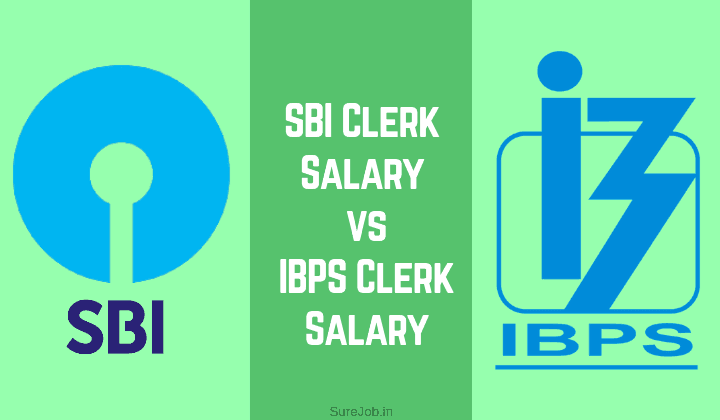Why do you go to college?
Have you ever asked yourself this question? Is it because college graduates make the most money? Is it because they get the best jobs? Is it because they just want to party and have a good time?
Maybe it is because mom and dad said they have to go, should go or are expected to go to college. All of these are extremely poor reasons for going to college! You should go to college to learn how to learn!
If you are currently in any college, or recently graduated from one of the best online colleges, I’m sure the question has crossed you mind, “How much of all this knowledge am I expected to remember?”
Actually, discounting the fundamentals if you are much focused and studying a specialized field, you are expected to remember very little. What you are expected to remember are the fundamentals of reading, writing and arithmetic and the fundamentals of your specialized field, if you have one. (For those liberal arts students, or even business students, make sure you learn as much as possible about reading, writing and arithmetic.) 
After graduation, only those fundamentals are going to be important. With few if any exceptions, your employer is going to want you to learn the company way, the company policies, the company rules, the company concepts, etc.
This really spotlights the importance of participating in a work/study program or an internship while you are in college, if one is available. Then, you will not only be learning in classes, but you will be learning knowledge and on-the-job skills to be used for years to come, maybe for a lifetime!
When and where does learning take place?
Logically, students, and even some parents and teachers, believe learning takes place in the classroom. No, it does not! Exposure to thoughts, ideas, concepts and theories happen in the classroom. However, learning (defined as both understanding and retention) actually happens later.
Do you really want to excel in a particular class? Then try these two steps:
1. Within 90 minutes after every class, spend at least 20 to 40 minutes reviewing and studying your notes; if you are taking online classes, review the given content of text, video, graphics or personal notes after first being exposed to new material.
2. In the evening, or sometime before bed, find a quiet place or a place you find conducive to concentration (maybe with music or some type of background sound), and study the material a second time. Study until you understand the material and have some confidence in that understanding.
During Step 2 above is where learning takes place! If you do not have “some confidence in that understanding,” then be sure to ask the instructor, other students, student tutors, or someone already with the knowledge and working in the field, to give you some help.
However, if you regularly follow these two simple steps, 95 percent of the time you will excel in that class and probably receive an “A” grade. There has been much fascinating research conducted over the past ten to twenty years on memory and the human brain.
Part of this research has revealed that, for most people, review of material 30 to 90 minutes after first exposure, followed by a second review about three days later and following that with a review about three to twelve weeks later (some research, as I remember, recommends 6 months), and you will remember the material for a lifetime!
The numbers are going to vary depending on the subject and the individual. But what have you got to lose? Give it a try!
The Highest Level of Learning
The above two steps will get you to what is called the “understanding level of learning” very quickly. But there are two higher levels of learning, application and correlation.
Once you understand the material, you must apply the material. It does no good to learn something, but then not use that knowledge for some useful purpose. At the very least, especially while in college, study about how your learning is applied in the real world.
For example, how is it used to manufacture a product (e.g., put camber in an aircraft wing), make a product work (e.g., increase of decrease that camber), cause a product to work (e.g. increase the velocity of air flowing over that camber) or aid or enhance how a product works (e.g. modify that camber with flaps or slats). The preceding examples are from aviation, my particular chosen career field, but there are an infinite number of other examples.
Finally, use this new understanding in your everyday world. Build a flying model! No longer wonder why that 200 ton Boeing 747 actually gets off the ground as it rumbles down the runway or flies overhead. Explain the concept to your children or grandchildren. You are now exhibiting the highest level of learning. It is called “correlation.”





